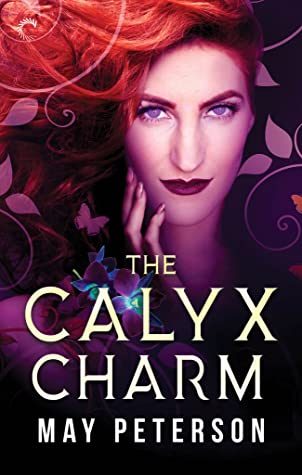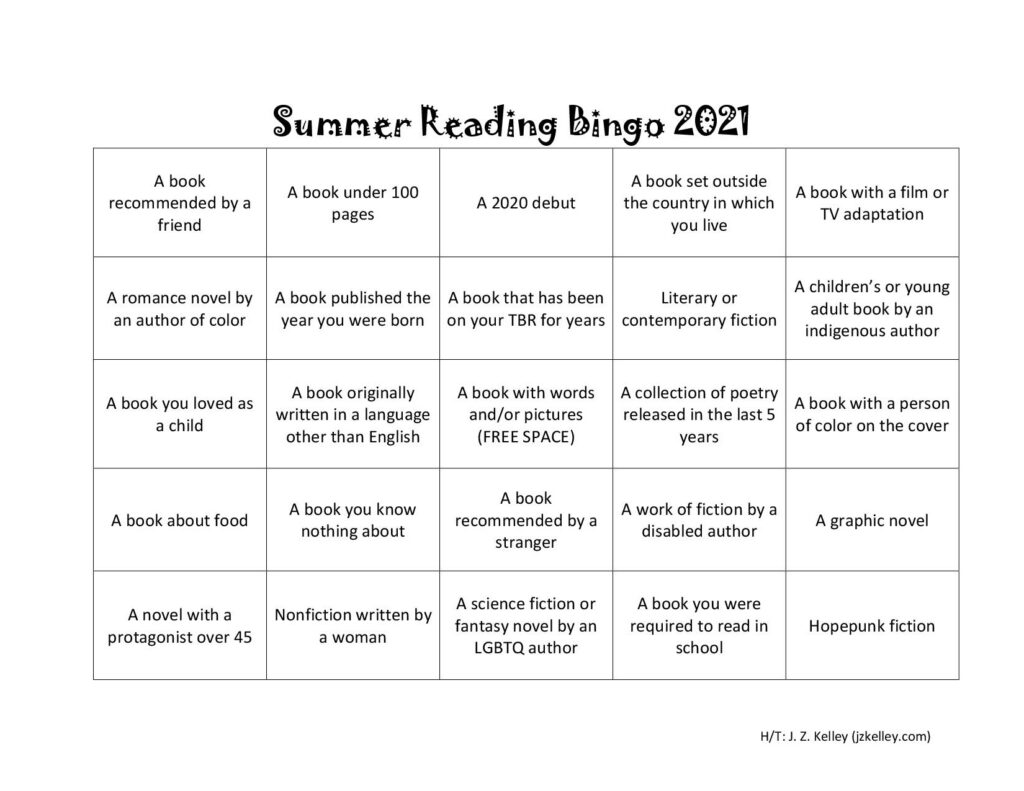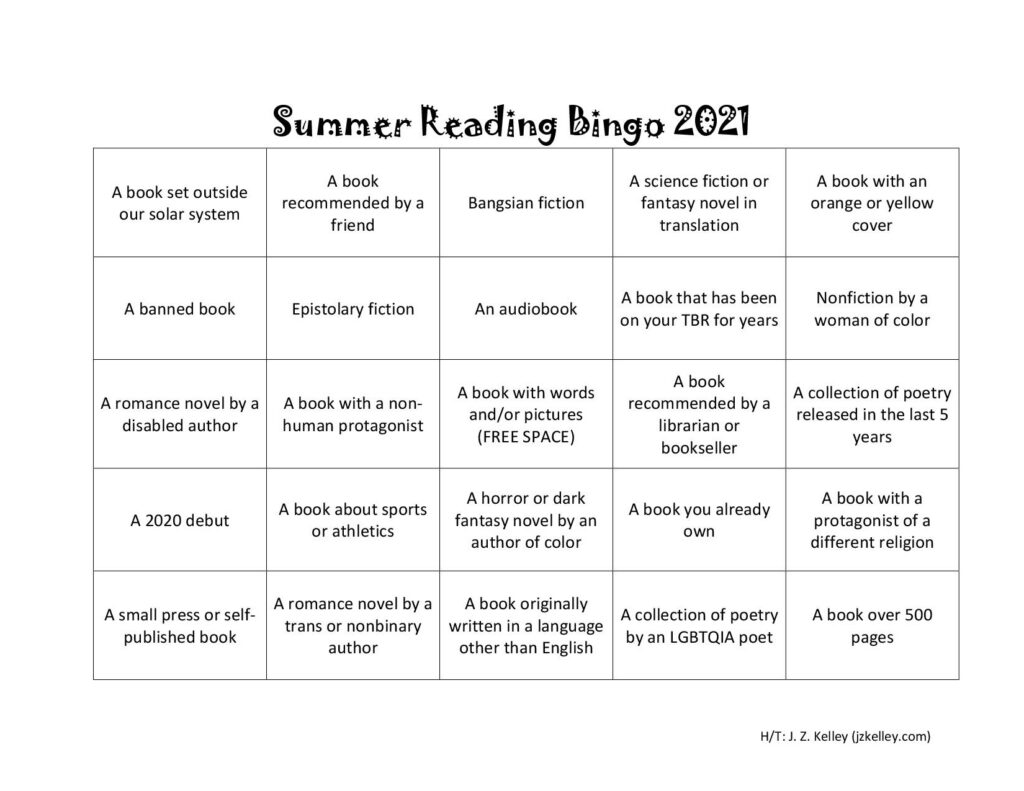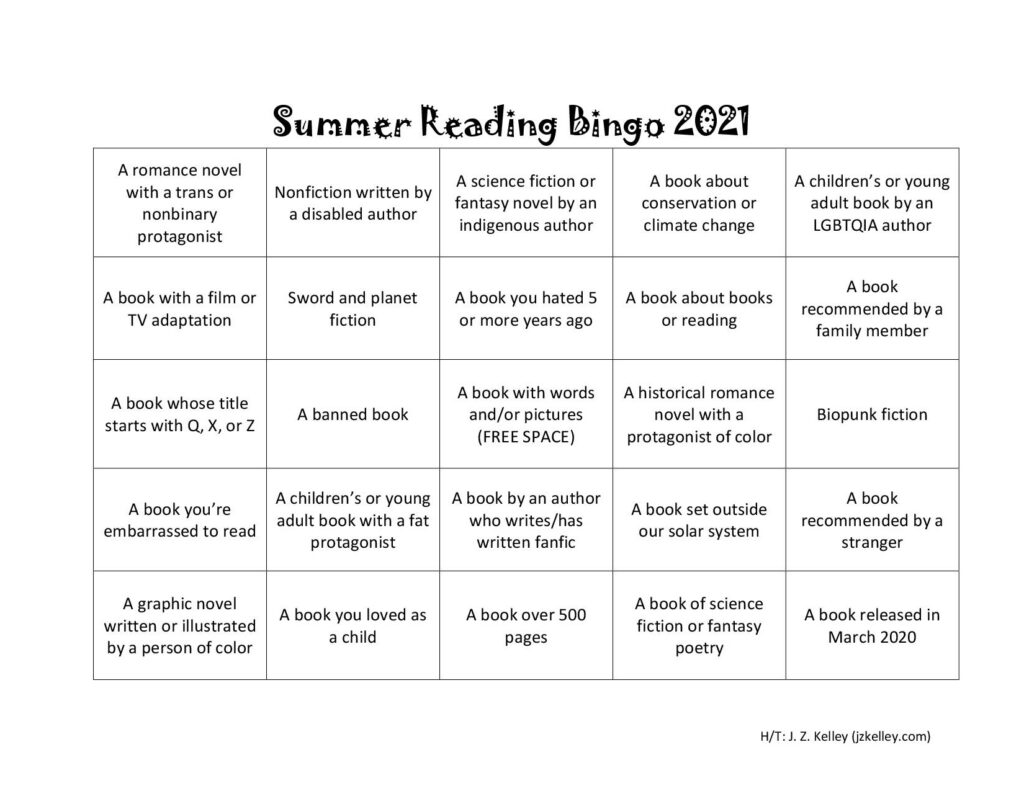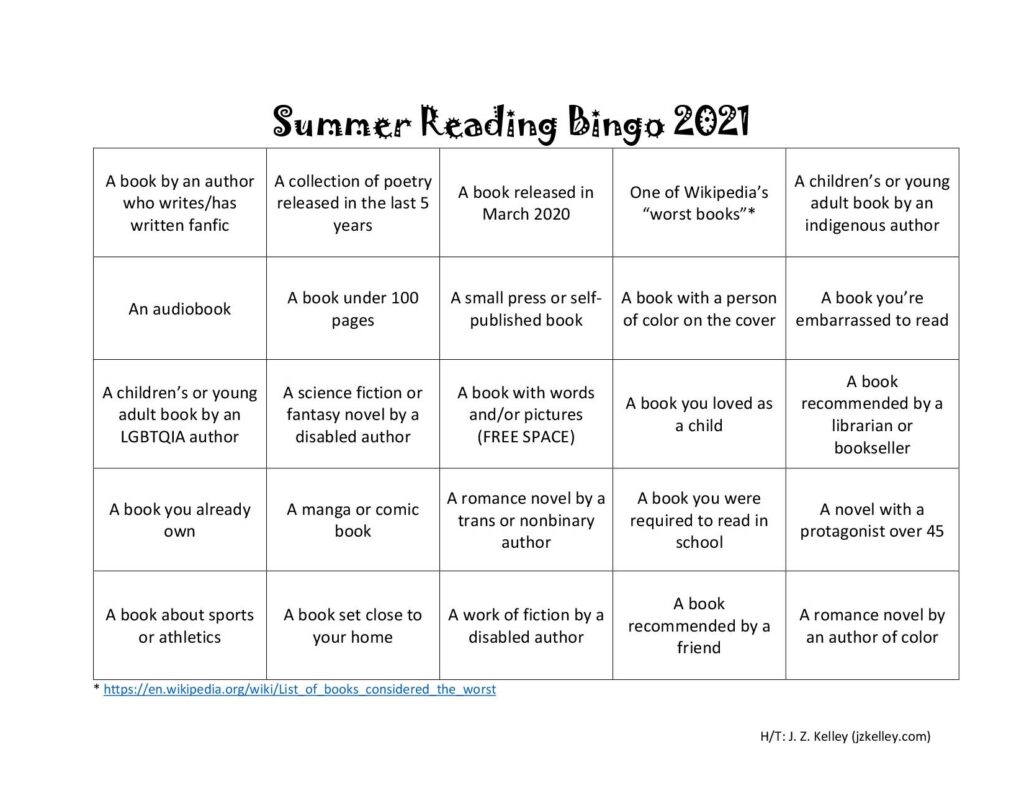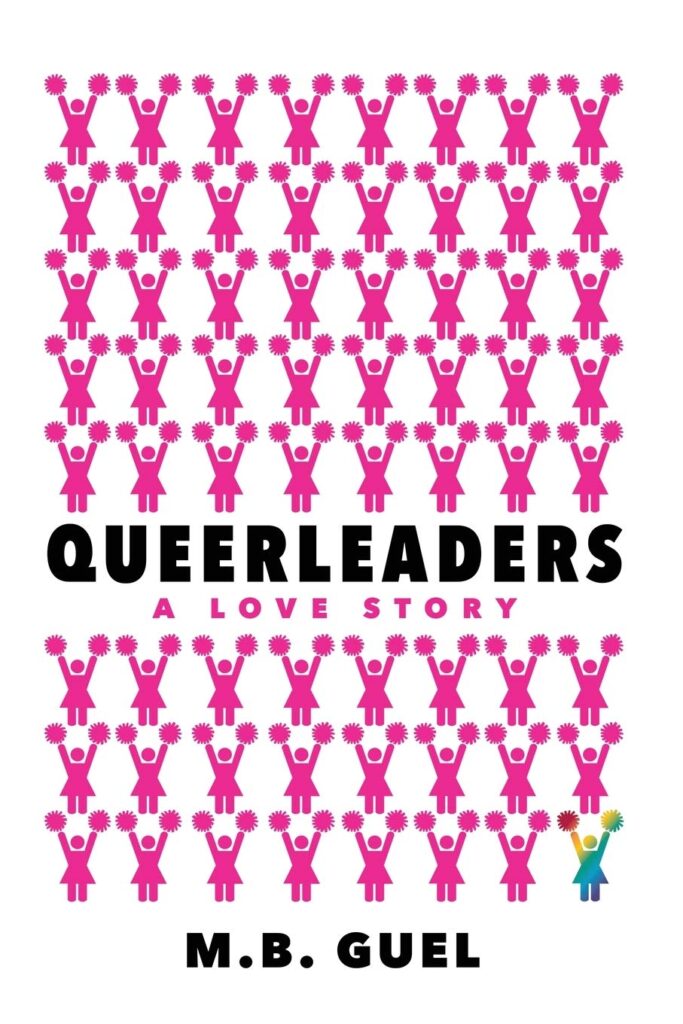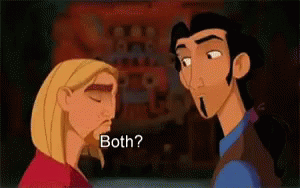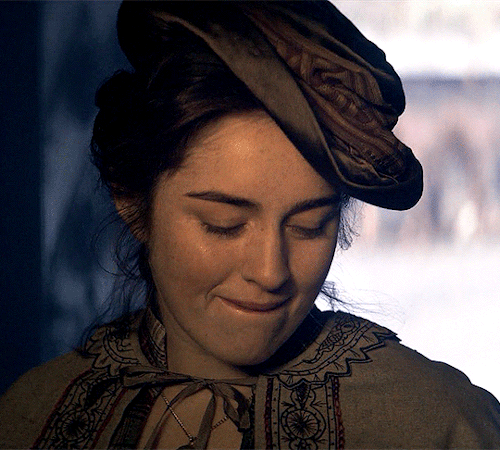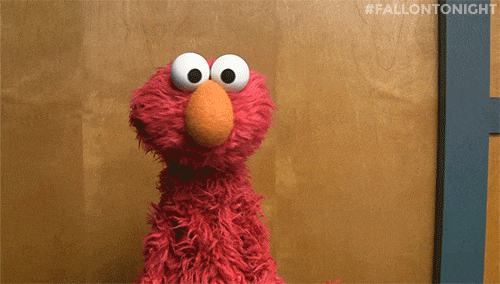
Genre: Science fiction
Audience: Adult
Series?: Standalone?
Rating: Liked it
For fans of: Jemison’s Broken Earth trilogy and Dreamblood duology, Meyer’s The Host*, Atwood’s MaddAddam trilogy, weird and unsettling AI stories, creepy children with godlike powers, cross-species friendships, furries
Don’t worry! This isn’t a story about a pandemic. It’s about bloodborne AIs.
It is not possible to write a better introduction this novel than Jason Sanford himself did on his blog:
Plague Birds is set in the far future and is the epic tale of a young woman betrayed into becoming one of her world’s hated judges and executioners, with a killer AI bonded to her very blood. While the novel is science fiction, it reads much like fantasy and is weird and dark.
The far future is a post-apocalyptic blend of low-tech agrarian societies and advanced AI. The young woman is Cristina de Ane, a human-wolf hybrid who lives with her father and their stubborn donkey in Day’s End, a small village of gene-spliced humans. (Yes, I’m reviewing two furry sci-fi books today.)
When she was alive, Crista’s mother told her stories of massive cities and the high-tech moon colony where her ancestors once lived. The other people in Crista’s village consider these stories essentially fairytales. Long before any of them were born, “excessive genetic manipulation” caused a species-wide series of conflicts and disasters collectively known as the collapse, after which:
… a horrible war was fought. Eventually, the three-fold armies won and laid down new rules for our world. The hunters [human-animal hybrids who give into their animal sides and form packs] could live their lives within certain constraints while AIs … would work with isolated villages to return [the rest of] humanity to your original state.
Plague birds are essentially wandering human-AI pairs that maintain the “three-fold balance” by ensuring no crimes go unpunished. By death.
When a plague bird confronts a suspect, they review the suspect’s memories to determine their guilt. The human host then draws their own blood in order to release the AI that lives within them. As a cloud of blood, the AI rains down upon the guilty, sometimes entire villages, killing them with agonizing slowness and creativity.
(This is why the human host is necessary: to temper the AI’s bloodlust as well as its black-and-white approach to justice.)
Obviously, plague birds aren’t exactly popular dinner guests, even though most people agree they’re necessary. Human hosts give up their village, everyone they know, and even their very connection to other humans in order to carry out their plague bird responsibilities. In exchange, their AIs enhance their senses, sustain them without the need for food or (much) sleep, heal even wounds that should be fatal, and greatly extend their lifetimes. Usually.
In the opening chapter of Plague Birds, a plague bird named Derena is attacked, incapacitated, and fatally injured in a way that shouldn’t be possible. She manages to drag herself to Day’s End, where she asks Crista to become her successor.
Crista denies Derena’s request at first because, you know, hero’s journey. However, when Crista realizes it’s the only way to save herself and her village, Crista Accepts The Call, becomes a plague bird, and sets out to find Derena’s attackers. The journey is filled with mysteries, from the plague bird Crista believes killed her mother to a sentient monastery that stores all of humanity’s accumulated knowledge to the powers fighting to maintain or disrupt the three-fold balance.
This is Sanford’s third published entry in the Plague Birds universe, following two acclaimed short stories (which don’t appear to be freely accessible online at this point). His announcement (linked above) includes a few pieces of fan art for the previous works, as well as his sheepish notes that the artists have taken some liberties in their portrayals: His protagonist doesn’t wear “red leather skin-tight suits” or “let her shirt fly up like that.”
I bring up those notes because while he’s right that this is a weird and dark book, his approach is careful and considered. This is a dark, post-apocalyptic book with no slurs. This is a dark, post-apocalyptic book in which children only die offscreen. This is a dark, post-apocalyptic book with no! sexual! violence! (There is intimate partner violence that might resonate painfully with people who have experienced sexual violence, so be aware of that, but I thought it was handled well.)
The other thing I love about this book is the characters. Crista is a brave, nuanced, conflicted character with a strong moral compass that grounds the story. On her travels, she collects a diverse group of friends and allies that slowly coalesce into a strange sort of found family. It’s always satisfying to watch battered, distrustful people grow together.
Also, Plague Birds fits into a trend I’m noticing where writers are allowing themselves to include scenes that resonate thematically but aren’t strictly necessary to advance the plot. It’s hard to be specific without spoilers, so instead I’ll spoil “Mist Songs of Delhi” (Podcastle 640), which is one of my favorite recent short stories.
The story follows Rajaji, a man with the power to decide which dying people’s lives get preserved as divine song as he copes with his mother’s approaching death and her reluctance to have her life “enspooled.” Early in the story, Rajaji meets with a merchant who has complaints about his wife’s enspoolment. This scene could have simply served to explain the enspoolment process and progress the main plot, but after Rajaji’s mother dies and the plot is resolved, we get one more scene, a happy ending for the merchant and his family.
That last scene feels generous, because we live in a world where aspirations of page-to-screen adaptation and advice from Save the Cat have made it almost taboo to include even a single sentence that doesn’t catapult the protagonist toward the next big set piece.
Plague Birds is full of interludes and quiet moments that feel equally generous.
The only thing that doesn’t work about this book for me is how much the final acts depend upon a series of nesting reveals that I completely saw coming. I don’t think endings need to be a total surprise. In fact, I think a twist ending that isn’t telegraphed at all is worse than a predictable ending. However, in this instance, I found the tension really went out of the story when I wasn’t struggling to figure out which characters to believe and which were lying.
Other reviewers felt differently, so take that with a grain of salt. You may be surprised on your first reading, or you may enjoy the ride regardless.
The ending of Plague Birds is satisfying, but not entirely resolved, so I have hope there will be a book two. If there is, I’ll definitely pick it up.
*Hot take but I stand by it.
Can you do me a favor?
If you like this review, please like it on Goodreads and maybe follow me there.
Disclosure
I received a free ARC from the publisher in exchange for an honest review.
More Info
Publisher: Apex
Paperback Page Count: 274
Jason Sanford is on Twitter. More importantly, he runs the Genre Grapevine Patreon, which is like a whisper network for people in the SFF community without whisper networks. Absolutely check it out and support him there, if you’re able.
You can preorder the book from Apex’s website, where they also have links to (most of) your favorite retailers.


